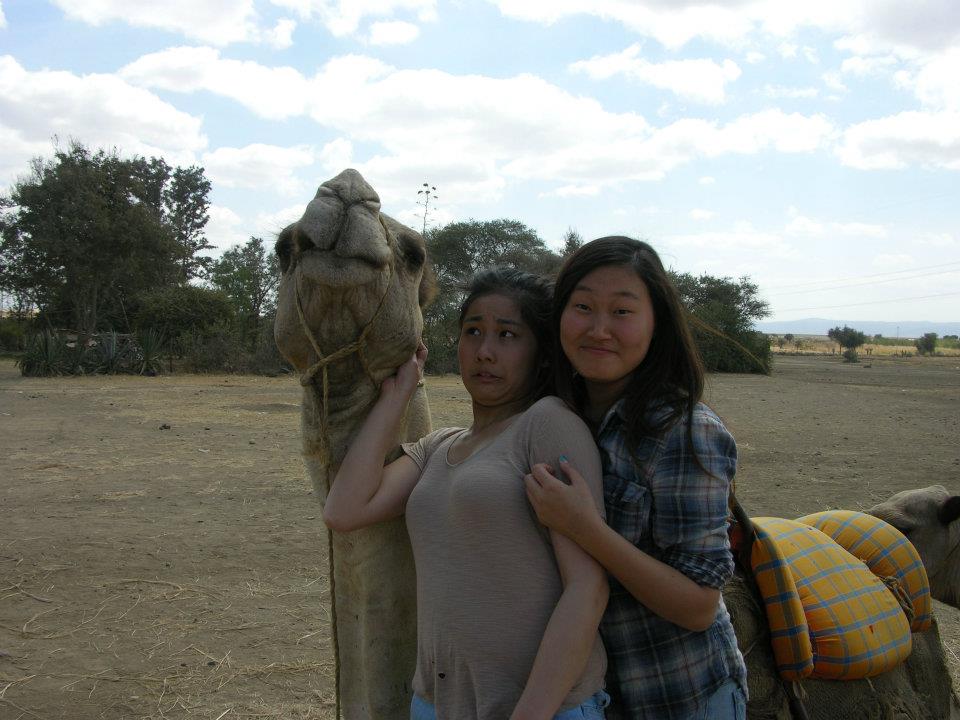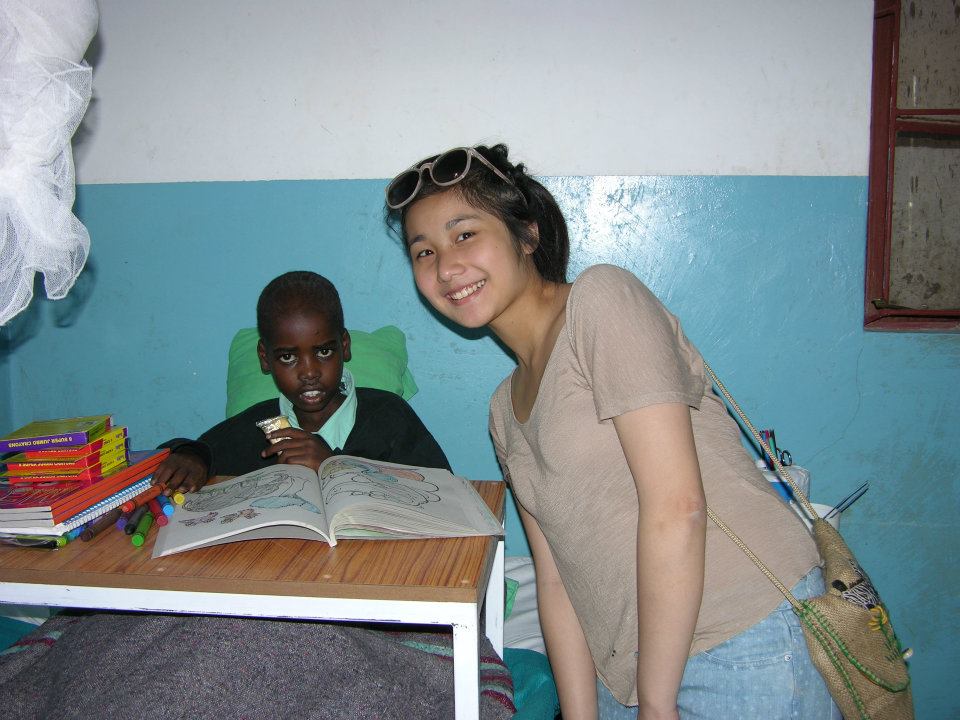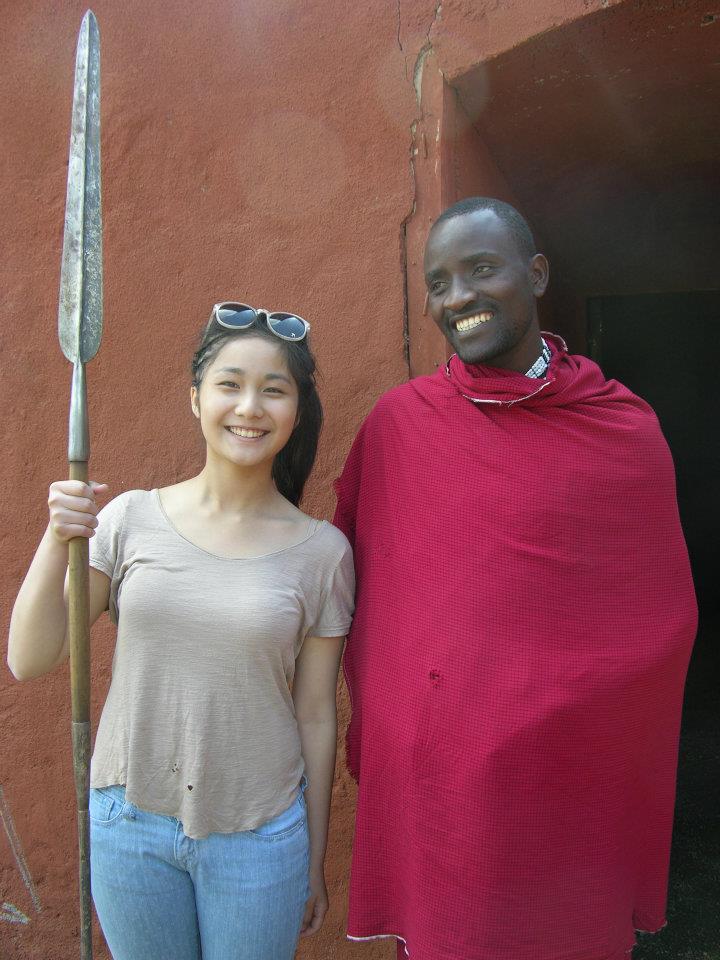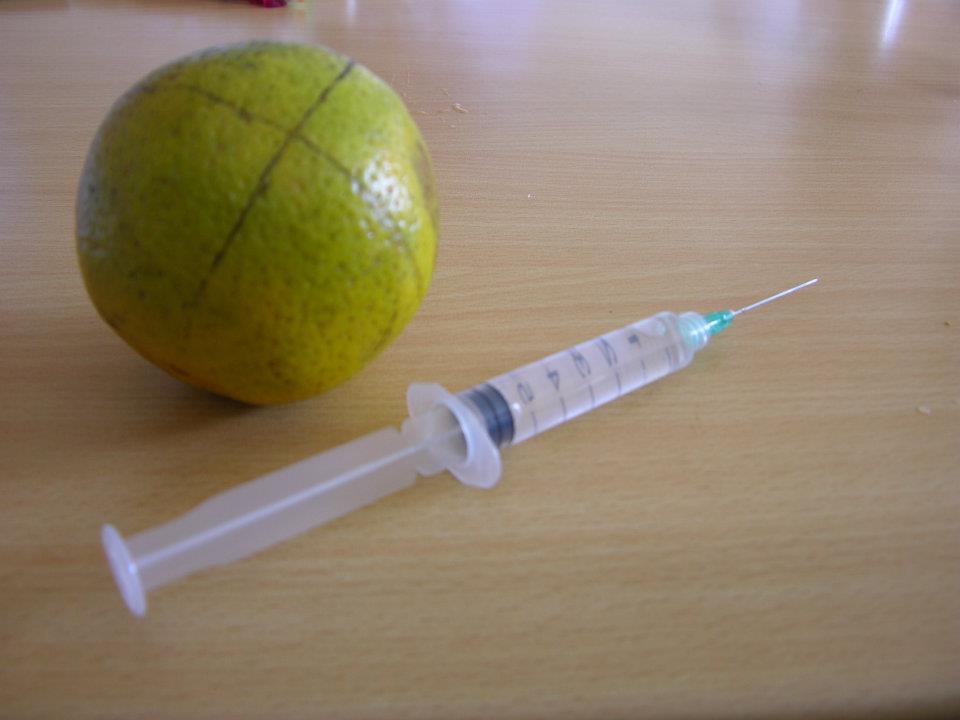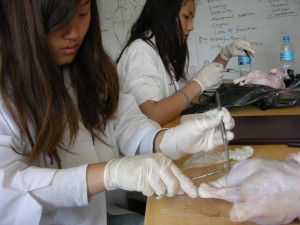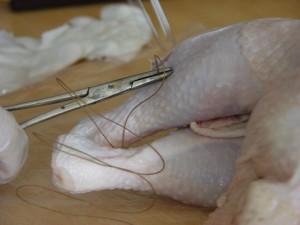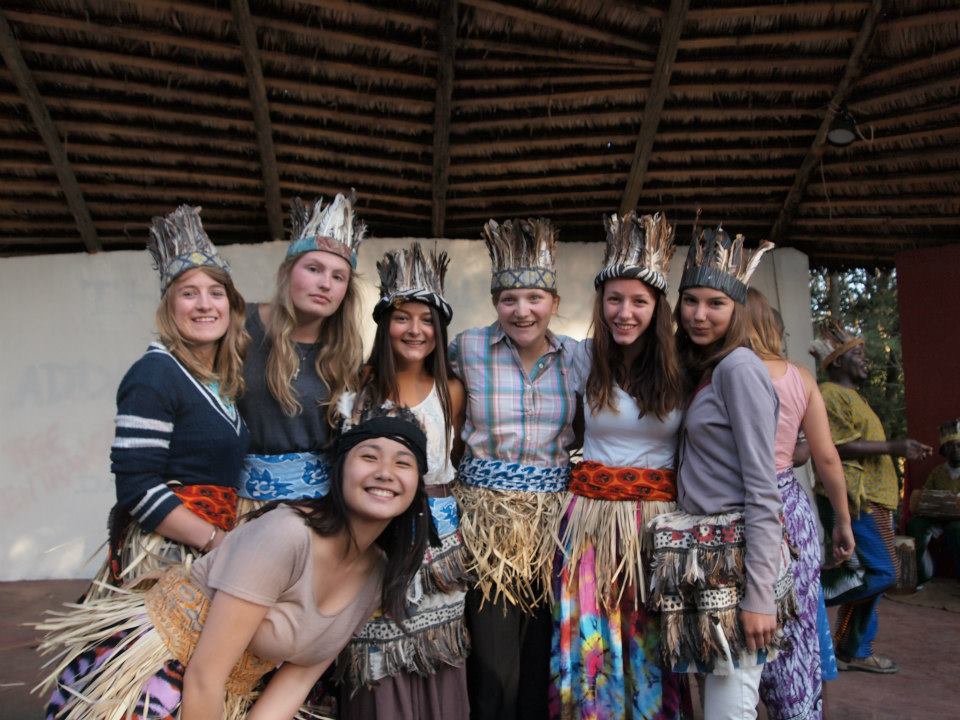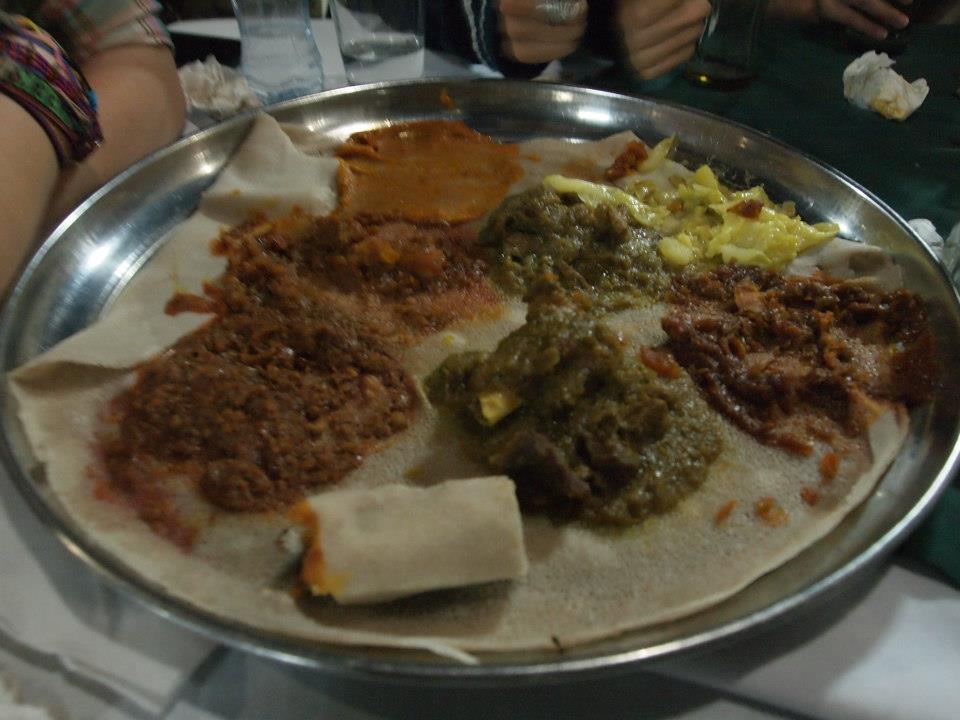Weekend’s over, time for the serious stuff again.
On our final week we got to visit a Prenatal & Postnatal clinic. We had a family planning workshop at the clinic, and after we got to visit the newly born babies. The youngest baby was only 2 hours old! They were adorable.
The doctors said that most African women give birth without any epidural, aka pain killers. Also, if the mother is in labour, and isn’t more than 10cm wide, they get sent to wait until they’re wide enough. This is because most clinics have limited space, and like all other health care, these checkups are completely free.
Quick Fact: All babies are born with light skin, including Africans, Americans, Asians, Indians…etc. Only when the baby’s skin comes in contact with sunlight or UVR does the melanin in the babies’ skin react and produces the physical attributes of each person’s skin color.
Our second stop of the week was the Snake Park! Even though this sounds like a fun activity, it was actually quite scary seeing all these different types of deadly snakes right in front of you. Other than snakes there were also birds, other reptiles, and even a baboon! I’ve learned so much about the different types of snakes. The biggest threat in Africa is known as the Black Mamba. This snake is carbon black all throughout the body, and once you get bitten, your skin starts to rot, since the poison is highly corrosive. Many people in Africa from all ages get bitten every year in a range of places, from their eyes to their inner thighs.
Before Treatment at Clinic After Treatment at Clinic
Quick Fact: A common anti-venom is horse urine.
Luckily, the medical care has improve greatly and there are many anti-venom clinics throughout Tanzania. There just so happened to be a renowned clinic within the snake park, that have worked many miracles. We got to learned about the procedure of cleaning the wounds as well as the post-care for the patients.
Quick Fact: In some African tribes, it’s believed that if one places a certain stone on the bitten wound, the stone would suck out all the venom, which is often the main cause for serious conditions.
After the clinic, we visited the traditional Maasai Tribe Museum. The Maasai people is known to be one of the few major tribes to be able to live without a water source. So unlike us relying on fountains and taps, they are able to get enough water from the roots of plants. Also, they have a tradition where boys aged from 12 – 16 are required to get circumcised without any anesthesia and without showing any emotions, not even a twitch, or else they are not seen as a warrior, so they won’t be seen worthy to anyone in the tribe. Along with the circumcision, they are also required to fight a lion with a whole group of the same batch of boys. After various requirements, in the end they are able to return home after a month long of obstacles and change in to a warrior’s outfit. On the other hand, the same tradition applies to women as well, where the girls have their clitoris cut off with any anesthesia or emotions. But now this tradition is receding for women.
Then comes the fun part! Camel Rides! It was super scary, but super fun. The camels rose and kneeled with big movements, if you don’t hold on tight, it’s possible to fall off the camel.!
The next day we had a hands on workshop! We had a surgery workshop, where we visited the surgery room, surgery wards, surgery patients, and even got to practice giving shots in oranges and stitching on chickens! This was super exciting, we cut cuts on the chicken, and used real stitches and real stitching techniques to stitch the cut back together. In fact, the doctor said that I will be a great surgeon one day… So watch out!
After a long day of stitching, we had a little loosening up to do. A drumming and dancing workshop at a local restaurant called Via Via. The place was very nice, with a nice dining area within the trees, and a nice big stage for performances. And like always, in the end, everyone got up and DANCED! 

